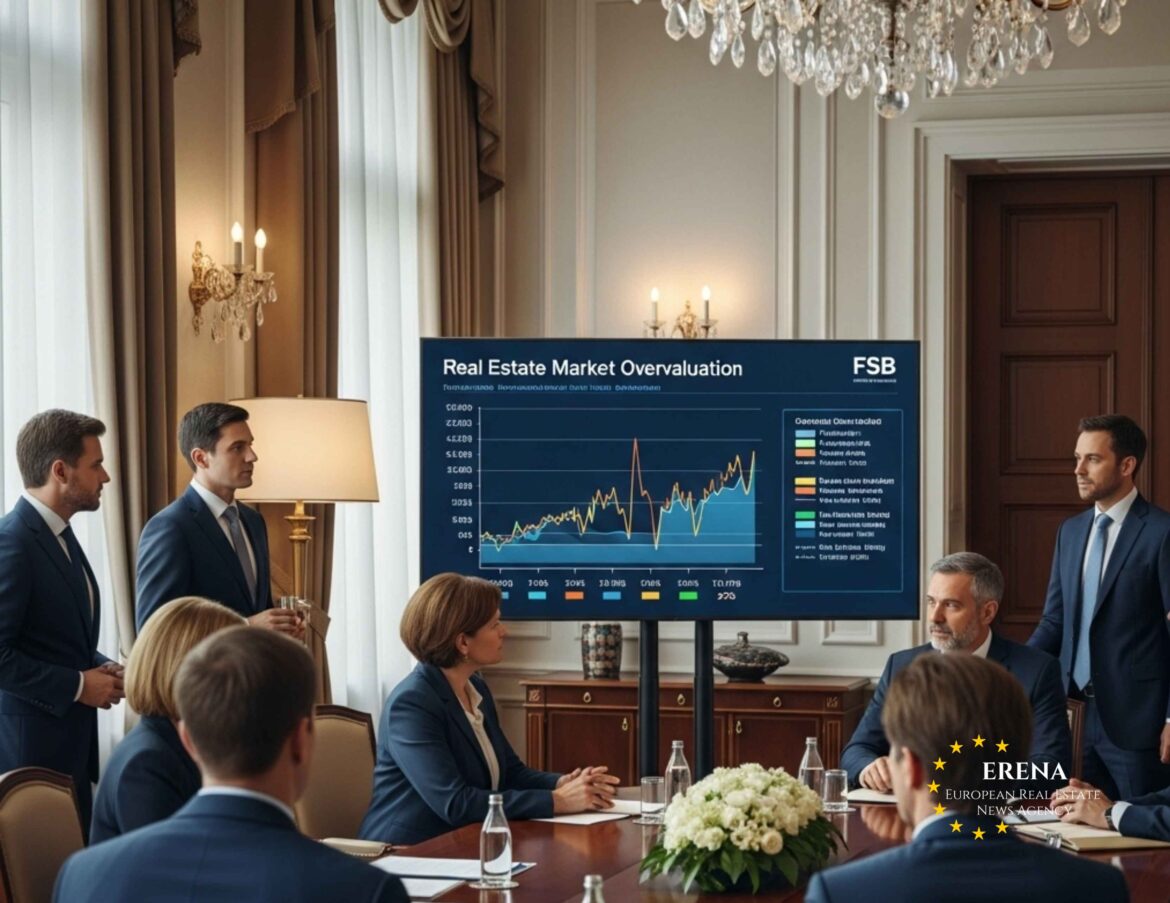In 2025, the Financial Stability Board (FSB) issued a critical alert regarding the growing risk of a bubble in the global commercial property market. This warning, released in a comprehensive report, outlines the financial vulnerabilities forming in the commercial real estate (CRE) sector and urges regulators and investors to take precautionary measures. The statement has sparked significant concern across the financial community, given the systemic importance of commercial property to banking and investment markets.
Causes of the Emerging Bubble
The FSB identifies multiple drivers contributing to overheating in the commercial property sector:
- Persistently low interest rates over the past decade have led to increased investor appetite for real assets, particularly CRE.
- Rising institutional investment from pension funds, sovereign wealth funds, and insurance companies has flooded the market with capital.
- Speculative behavior, with investors chasing yields amid limited opportunities in other asset classes.
- Post-pandemic shifts in office usage, leaving many spaces underutilized while values remain inflated.
- Excessive development activity, particularly in large financial centers, outpacing real demand.
According to the FSB, these elements have created a price disconnect that could lead to sharp corrections if macroeconomic conditions change abruptly.
Geographic Focus of Concern
The FSB highlights specific regions and cities where risks are elevated:
- United States: High CRE loan exposure among regional banks; early signs of rising vacancy rates in office buildings.
- United Kingdom: Continued decline in demand for traditional office space; weak rental growth.
- Germany and the Netherlands: Rapid expansion in logistics and retail sectors, often backed by highly leveraged financing.
- Asia-Pacific hubs (Hong Kong, Singapore, Seoul): Record-high prices and investor concentration, making the market sensitive to interest rate shifts.
The FSB emphasizes that risks are globally interconnected, and stress in one region could rapidly transmit to others.
Market Signals: Prices and Yields
In key global cities, commercial property values have climbed to record levels. For example:
- Prime logistics assets have seen prices rise by 25–30% over two years.
- Class A office spaces in central districts are yielding below 3% in markets like London, Paris, and Tokyo.
- Cap rate compression has reached levels not seen since before the 2008 financial crisis.
These trends, combined with growing operational uncertainties — such as hybrid work models and retail digitalization — are making valuations increasingly fragile.
Regulatory and Market Response
Following the FSB’s alert, several central banks and financial regulators are reviewing their oversight frameworks:
- The U.S. Federal Reserve has prioritized commercial real estate in its 2025 stress tests.
- The ECB has launched consultations on revising capital treatment of real estate exposures.
- The Bank of England is examining the systemic risks of large REITs and commercial mortgage-backed securities (CMBS).
- Asian regulators in Japan, Singapore, and South Korea are stepping up monitoring of foreign investment inflows and funding structures.
Market participants are also responding cautiously, with several institutional investors signaling a pause on new CRE allocations.
Systemic Risks and Spillover Potential
The FSB warns that a major correction in commercial property could have broader repercussions:
- Banking sector exposure could lead to credit tightening, especially among smaller and regional lenders.
- Portfolio revaluations could affect pension funds and insurers, triggering liquidity mismatches.
- Reduced investor confidence in real estate markets may depress transaction volumes and development activity.
- Shadow banking risk, particularly from non-bank lenders and private debt funds, may be underestimated in regulatory frameworks.
The FSB notes that property-linked financial products now make up a significant share of institutional portfolios globally, amplifying contagion risks.
Recommendations by the FSB
In response to these findings, the FSB recommends the following:
- Enhanced transparency in real estate lending and investment reporting, particularly in private markets.
- Stricter underwriting standards for commercial real estate loans, especially those with variable interest rates.
- Robust stress testing for banks, insurance firms, and asset managers with high exposure to CRE.
- Data sharing and international cooperation to monitor cross-border capital flows and interdependencies.
- Macroprudential policies that can limit excessive leverage and speculative development.
The board also encourages supervisors to work closely with real estate regulators to assess the health of key segments — including offices, retail, logistics, and mixed-use developments.
Outlook for 2025–2026
While the FSB stops short of declaring a full-blown bubble, it stresses that market conditions are ripe for a correction if economic sentiment turns. With rising interest rates, tighter monetary policy, and shifts in space utilization, the commercial property sector may undergo a repricing that could shake financial markets.
Analysts expect a 10–20% decline in valuations across several regions, particularly in overbuilt or overleveraged submarkets. Investors are advised to re-evaluate risk exposures and prioritize income-generating, resilient assets.
Conclusion
The FSB’s alert on the commercial property bubble serves as a wake-up call to global regulators, investors, and developers. With clear signs of overvaluation, excessive leverage, and changing demand patterns, the sector faces growing instability.
Preventive action, better transparency, and prudent risk management will be essential to avoid a repeat of past crises. As the world moves into a more uncertain economic environment, the resilience of the commercial real estate market will be tested — and those who prepare early will likely fare best.

